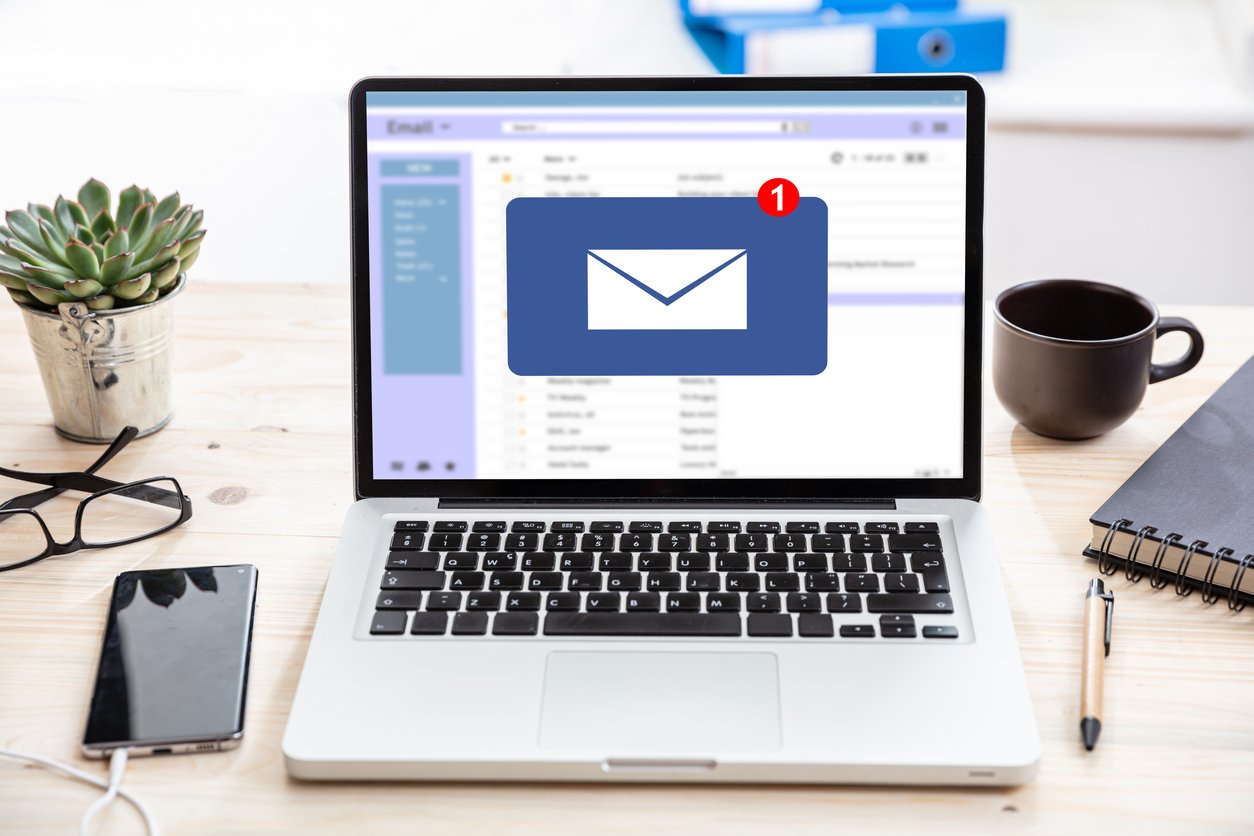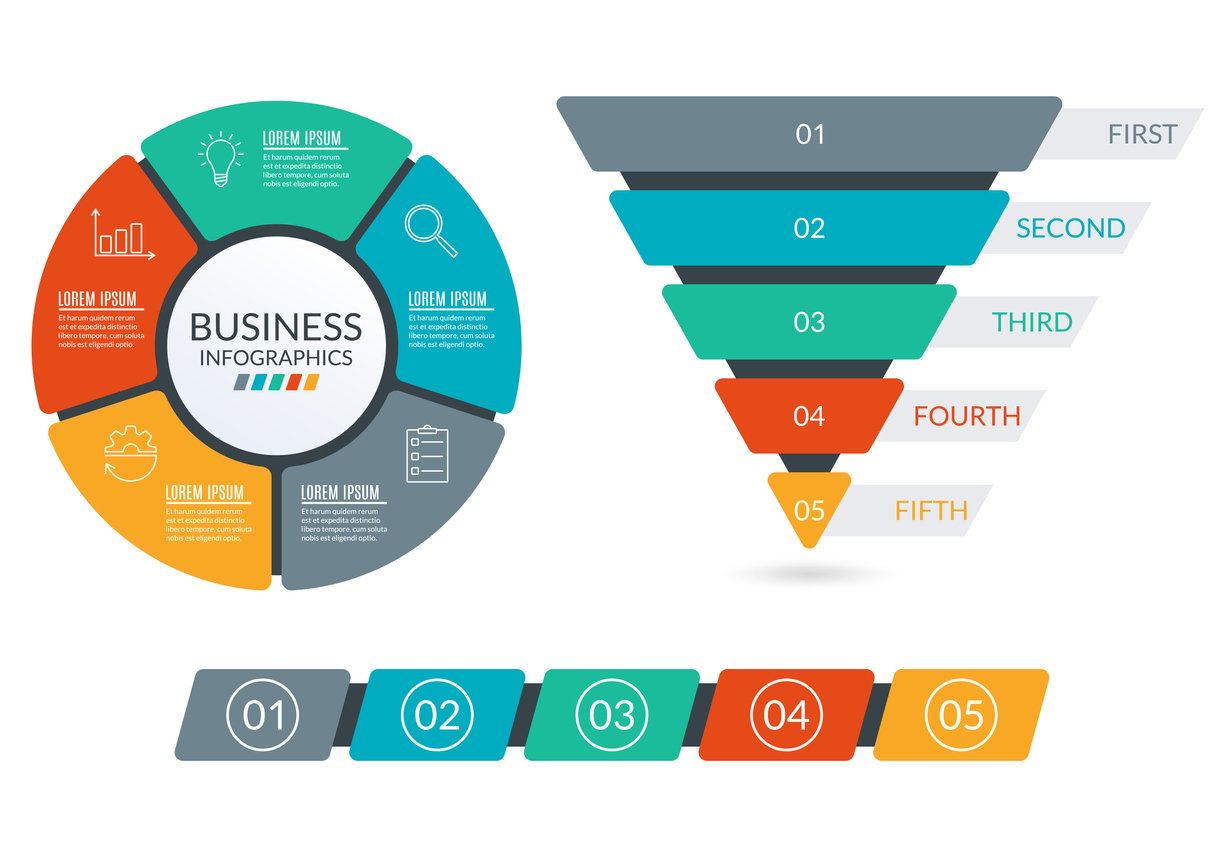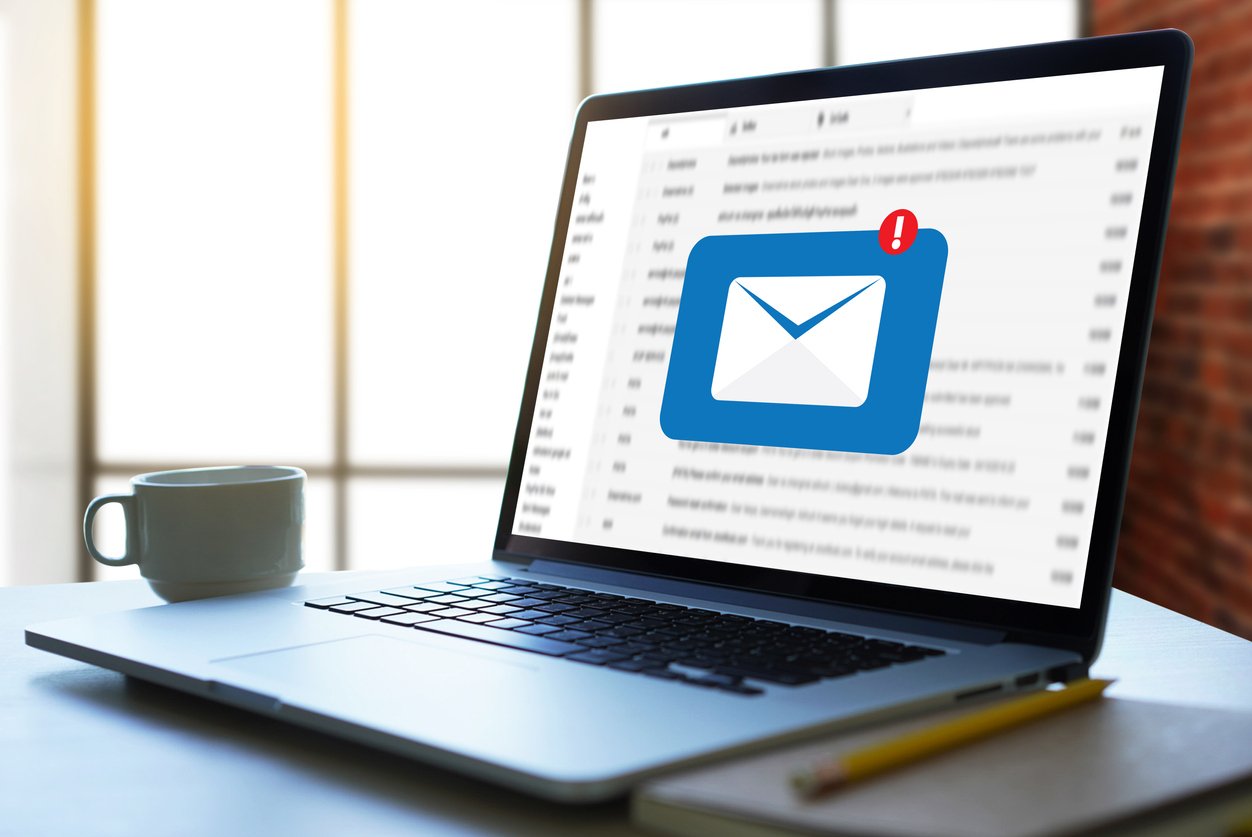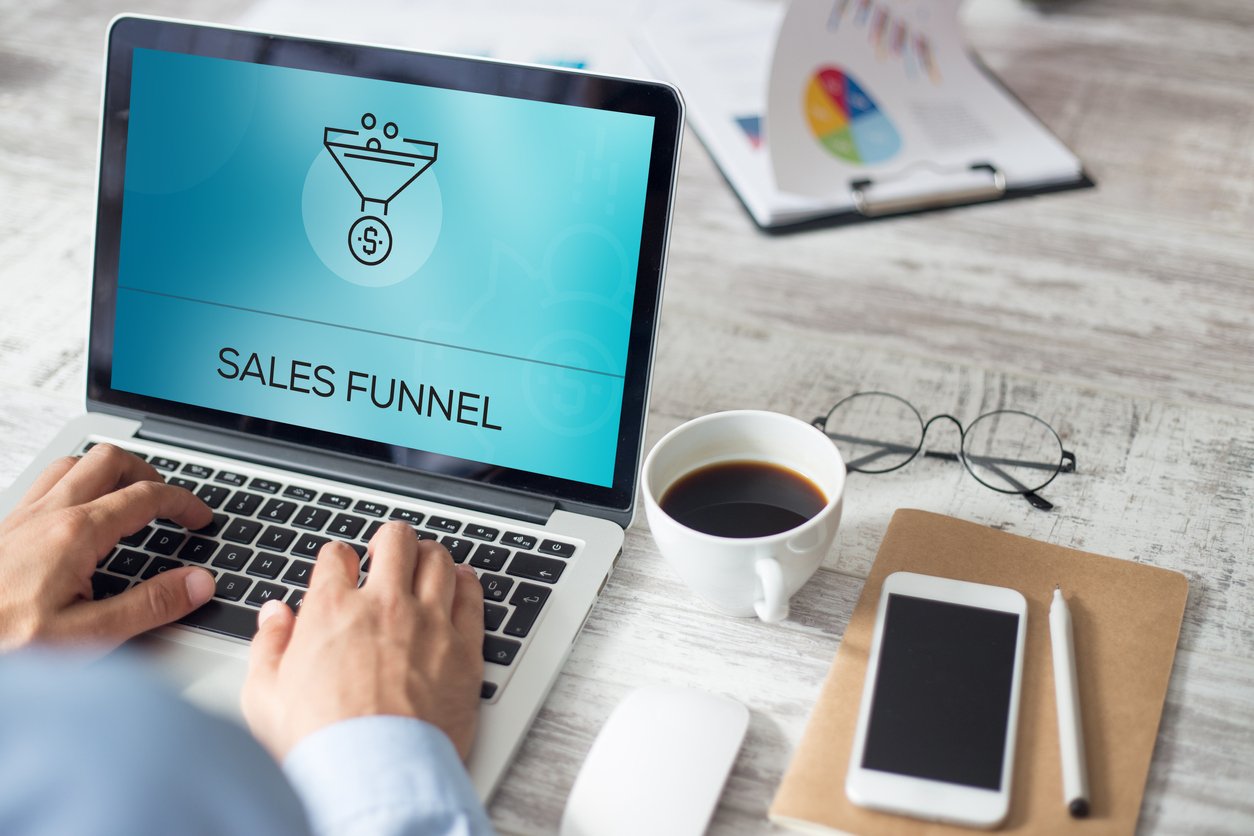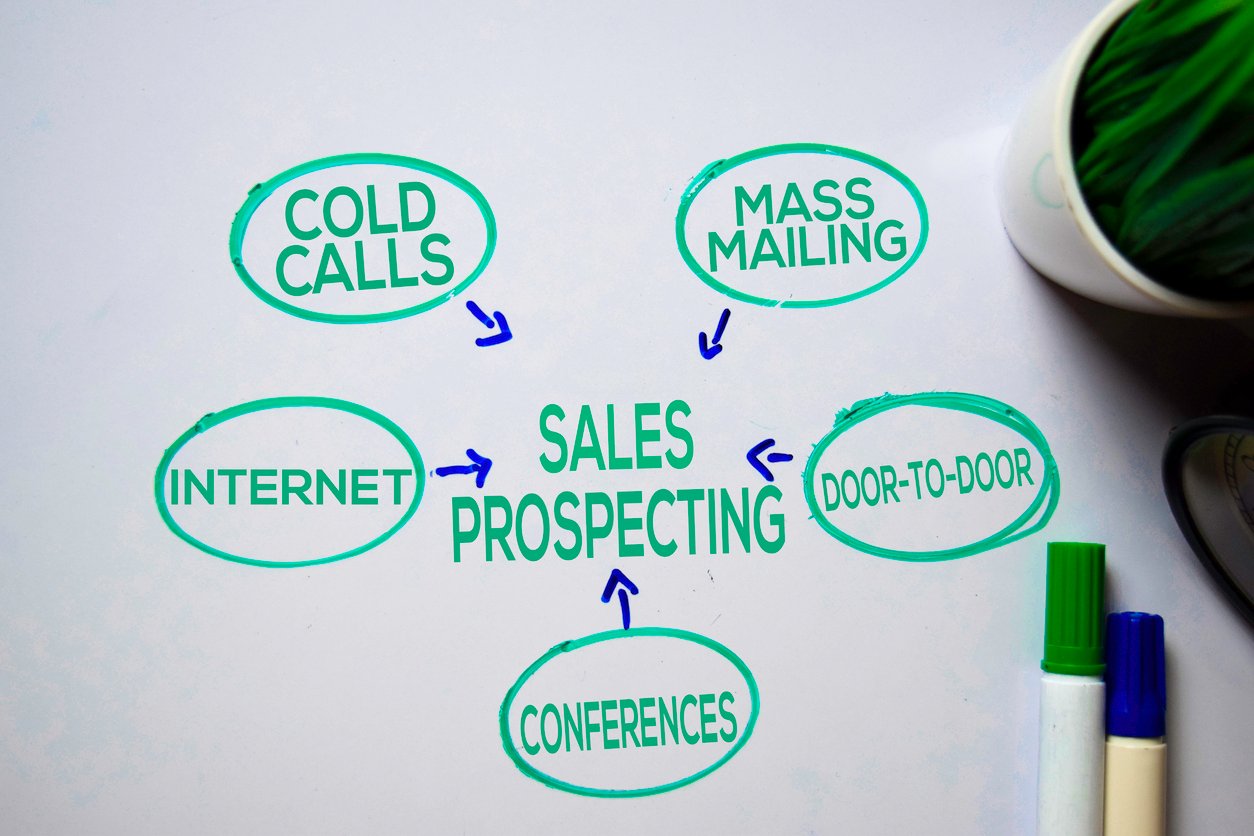
Closing the Sale: Proven Techniques to Turn Prospects Into Customers
 Updated on
Updated on
 By Carlos Correa
By Carlos Correa
Carlos Correa
Carlos has been involved in the sales space for well over ten years. He began in the insurance space as an individual sales agent, managing teams as s...
learn more
Carlos Correa
Carlos has been involved in the sales space for well over ten years. He began in the insurance space as an individual sales agent, managing teams as s...
Table of Contents
Table of Contents
You've built the relationship. You've uncovered the need. You've presented the solution.
Now the prospect is on the edge of a decision…
…But not so fast.
Whether they end up making a purchase depends on what you do next.
Closing the sale requires more than charm or a polished pitch. It takes precision, timing, and the ability to read the moment.
The best closers know how to ask the right questions, handle hesitation, and make it easy for the prospect to move forward.
In this guide, you'll learn tested closing the sale techniques to move prospects from indecision to action.
What Is the Key to Closing a Sale?

A lot of sales reps are great at opening conversations. They're skilled at building rapport, asking good questions, and presenting value.
But closing sales is a whole different story. In fact, in 2023, the average sales win rate was 21%, according to HubSpot's 2024 Sales Trend Report.
At this last and crucial stage, doubts pop up. Decision-makers question their budget and often hesitate.
So, what can you do to keep prospects moving down the pipeline?
The closing the sale definition comes down to
Building Trust Before Asking for Commitment
If a prospect doesn't trust you, they'll stall, ghost, or loop in someone else to re-evaluate everything you just discussed. And that has nothing to do with your product, but everything to do with how confident they are in you as a partner.
You can do that through consistency, transparency, and small signals that show you're listening. That means:
- Following through on what you say
- Being upfront when something isn't a fit
- Tailoring your approach based on their priorities
- Educating instead of hard-selling
Matching the Solution to the Pain Point
Before asking for the close, make sure your offer solves the problem the buyer cares about most.
Repeat their pain point in their words, show how your solution addresses it directly, and back it up with quick proof to make the value unmistakable.
Timing and Confidence
You could say the right words and still lose the deal if you choose the wrong moment or second-guess yourself. That's because closing the sale depends as much on delivery as it does on strategy.
Rushing the close can feel pushy. Waiting too long can make you forgettable.
Look for signals that the prospect is ready. For example, this could be asking specific questions, talking about implementation, or looping in other stakeholders. When those signs appear, don't hesitate. Ask for the close with confidence.
Using Automation (Like Ringy) to Support Timely Follow-Ups
Even the best pitch can fall flat without the right follow-up. Most prospects don't convert after the first conversation. They convert after consistent, thoughtful touchpoints.
Lead automation tools like Ringy help you stay on top of your pipeline without letting leads slip through the cracks.
Instead of setting manual reminders or trying to remember who to follow up with, Ringy lets you automate outreach, respond based on prospect behavior, track engagement, and keep every conversation organized in one place.
Which of The Following Should Be Addressed Prior to Asking for the Business or Closing the Sale?

Before you even think about closing a sale, certain boxes need to be checked. Otherwise, you risk asking for a commitment that the buyer isn't ready or able to make.
Identifying Buyer Needs
If you don't know what the buyer truly needs, every next step becomes guesswork, and that's a dangerous game when closing the sale is on the line.
Reps who understand the true closing the sale definition spend the early stages of the sales process digging into the core of the buyer's situation. Find out what problem feels most urgent and how it's affecting their business.
Budget, Authority, Timeline (Bant Framework)
You can't close what you haven't qualified. Use the BANT framework to determine whether a lead is a good fit and worth pursuing further:
- Budget: Can they afford what you're offering? Is there already a budget set aside, or will they need internal approval?
- Authority: Are you speaking with the decision-maker, or someone gathering info for someone else?
- Need: You've already identified this in the previous section, but now you're aligning your solution with it.
- Timeline: When do they need a solution in place? Are there events, deadlines, or contracts driving urgency?
Handling Objections Proactively
Most prospects won't say yes until they've had a chance to work through concerns, and if you're waiting until the final ask to address them, you're too late.
Handling objections proactively means staying one step ahead.
Common Sales Objections and How to Handle Them
|
Objection |
What It Really Means |
How to Respond |
|
"It's too expensive." |
They're unsure of the value or ROI. |
Reframe the cost as an investment. Share ROI metrics or a relevant customer story. |
|
"I need to think about it." |
They still have unanswered questions or doubts. |
Ask what's giving them pause, then address the concern directly. |
|
"We're already using someone." |
They're comparing you to an existing solution. |
Highlight what makes your offer different or more effective. |
|
"Now's not the right time." |
They're unsure about timing or overwhelmed. |
Tie your solution to a current goal or pain point. Offer a flexible start date. |
|
"I'm not the decision-maker." |
They might be hesitant or need internal buy-in. |
Ask to loop in the right person or offer materials they can pass along internally. |
The Psychology Behind the Closing of the Sale

There's more going on in the closing phase than most reps realize. Yes, buyers are evaluating your offer. But they're also wrestling with internal uncertainty.
The more you understand what your buyer is thinking in that final stretch, the more equipped you'll be to lead them through it.
Buyers Fear Regret—Your Job Is to Reassure
When a deal stalls at the last minute, it's rarely because the buyer changed their mind about the product. Most of the time, they're worried about making the wrong call.
They ask themselves: What if this doesn't work? What if I get blamed? What if it's more work than expected?
Your job, especially when closing the sale, is to minimize that fear.
You can do this by showing what happens after they say yes. Walk them through onboarding. Point to customer stories. Set expectations around ongoing support. Show them you'll still be around after the ink dries.
"Yes Momentum": Get Small Agreements Before the Big One
Most successful deals come from a series of small, low-pressure moments of agreement.
That's what creates yes momentum. Instead of waiting until the end to ask for everything at once, guide the buyer through a series of natural checkpoints: alignment on the problem, interest in the solution, and openness to next steps.
Closing the sale becomes a lot less intimidating for the buyer when they've already made multiple micro-commitments along the way.
How Confidence (Not Pressure) Builds Trust
Buyers can sense when you're trying too hard, and that pressure often leads to pullback.
On the other hand, a calm, confident close creates a sense of trust. It shows you believe in what you're offering, and you don't need to rely on urgency or gimmicks to get the deal done.
Closing the Sale Tips for Consistent Success

A recent HubSpot survey found that only 35% of sales professionals see an increase in their close rates year over year.
How do you make sure you're part of that 35%
These sales closing techniques can help you improve your process, so you can bring deals across the finish line.
Don't Wait Too Long to Ask
One of the biggest mistakes sales reps make is waiting too long to ask for the business. If you've uncovered the need, confirmed fit, and addressed concerns, there's no benefit in dragging it out.
A timely ask shows confidence and keeps momentum alive. When you hesitate, you give the buyer more time to second-guess or get pulled in another direction.
Use Silence Strategically After the Ask
After the ask, avoid jumping in to over-explain or fill the silence. That quiet moment is often where the decision is made. Let the buyer think. Let them process.
Silence, used strategically, communicates that you're calm, prepared, and not desperate to close the deal.
Practice Objection Handling
Be sharp about objections. Don't wait for them to pop up in the eleventh hour.
Practice handling common ones ahead of time, and anticipate where resistance might come from based on the buyer's role, industry, or budget.
That preparation gives you the ability to respond with clarity and keep the conversation moving forward.
Personalize the Close to the Buyer's Situation
The close should feel like it's tailored to the buyer's world, not a copy-pasted script. Reference their goals, timelines, or internal process.
Speak in their language. The more relevant your close feels, the more natural the commitment becomes.
Use CRM Reminders So No Warm Lead Goes Cold
Use your CRM or sales software to set reminders, track engagement, and follow up consistently. Even the warmest lead can go cold if you don't stay present.
Closing often happens in the follow-up, not the first pitch. The right tools can make follow-up seamless. In fact, according to Salesforce's 2024 State of Sales report, sales teams using CRM software saw a 30% boost in productivity and a 27% improvement in customer retention.
Conclusion
Closing the sale requires focus, timing, and a clear understanding of what your buyer needs to feel ready. When you build trust, respond to objections early, and personalize your approach, the decision becomes easier for both sides.
If you're ready to stay on top of every lead and make follow-ups feel effortless, Ringy can help. Automate your outreach, track conversations, and close more deals without the guesswork, all using one platform.
Try Ringy for free and take the stress out of closing.

Skyrocket your sales with the CRM that does it all.
Calling? Check. SMS? Check. Automation and AI? Check. Effortlessly keep in touch with your customers and boost your revenue without limits.

Take your sales to new heights with Ringy.
Sales in a slump? Ringy gives you the tools and flexibility you need to capture leads, engage with them, and turn them into customers.
Subscribe to Our Blog
Enter your email to get the latest updates sent straight to your inbox!
Categories
Related Articles



























